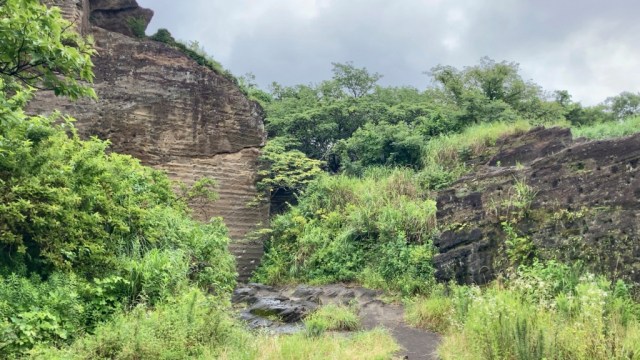
Let’s head south from Tokyo to visit the Takatoriyama magaibutsu.
There are temples all over Japan, and in just about all of them you’ll find some sort of Buddhist sculpture or painting. What are much rarer, though, are magaibutsu, or giant Buddhist images carved into mountain rock walls.
However, we recently heard about a magaibutsu on a mountaintop not far from Tokyo, and so we went to see it for ourselves.
The carving is located in the town of Yokosuka, Kanagawa Prefecture, about 45 minutes south of downtown Tokyo. Getting off the train at Keikyu Oppama Station, we made our way to Takatoriyama Park, where a sign labeled magaibutsu (磨崖仏) pointed us in the way of the statue.
The “yama” part of Takatoriyama means “mountain,” but with the elevation at the peak being just 139 meters (456 feet), experienced alpinists might scoff at the name as an exaggeration. The path gets very steep in parts, though, and it’s not a straight shot to the top either, as it rises and falls repeatedly as it winds its way towards the peak.
▼ Don’t worry, though. The path goes around this wall, not over it.
As you leave the sounds and crowds of the lower parts of the park behind and below, the paved path intermittently gives way to soil and grass.
While the hiking course isn’t treacherous, it’s a comprehensive workout for the legs, as it continues to undulate on its eventual ascent.
After about 10 minutes, we came to a bend in the trail…
…and once we came around it, we saw what we’d come for: the magaibutsu.
Looming above us and framed by lush greenery was a carved statue of bodhisattva Miroku Bosatsu, also known as Maitreya. The eight-meter (26.2-foot) tall carving shows influences from the Gandhara art style that mixes Asian and western aesthetics, and Miroku Bosatsu’s kind and serene expression had a calming effect on us as we gazed up at it.
As we mentioned earlier, these kinds of statues aren’t particularly common in Japan, and many of the ones that do exist were made in the late Heian period (which ended in 1185) or Kamakura period (1185-1333). Standing there in the clearing alone with the magaibutsu, it did feel like we’d discovered an ancient artifact, but it turns out that the statue is remarkably new, having been created by a local artisan in 1965, who spent a full year carving it.
But what it lacks in physical age, it makes up for in significance as a symbol that Japan’s present is still connected to its past, and we’re glad we took the time to visit one of the country’s newest magaibutsu.
Park information
Takatoriyma Park / 鷹取山公園
Address: Kanagawa-ken, Yokosuka-shi, Shonan Takatori 3-3-520
神奈川県横須賀市湘南鷹取3-3-520
Website
Photos ©SoraNews24
● Want to hear about SoraNews24’s latest articles as soon as they’re published? Follow us on Facebook and Twitter!
[ Read in Japanese ]

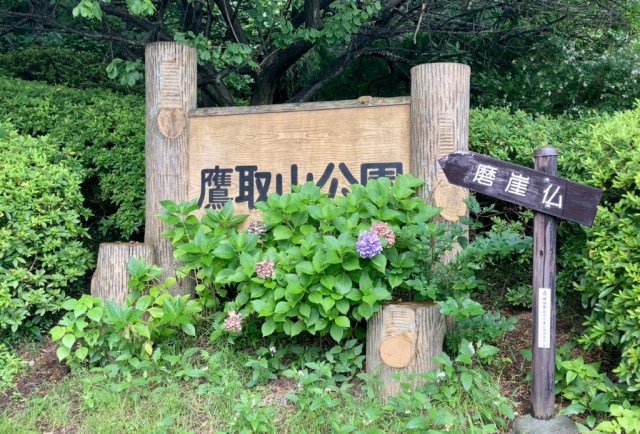
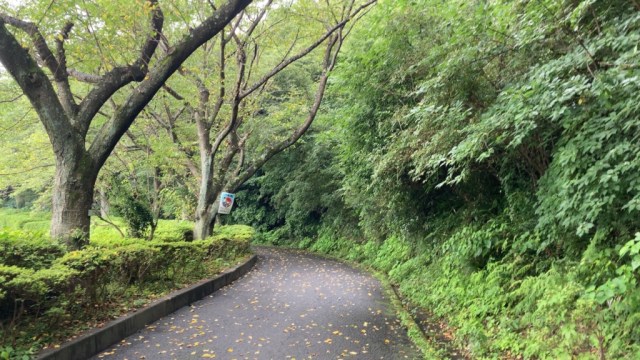
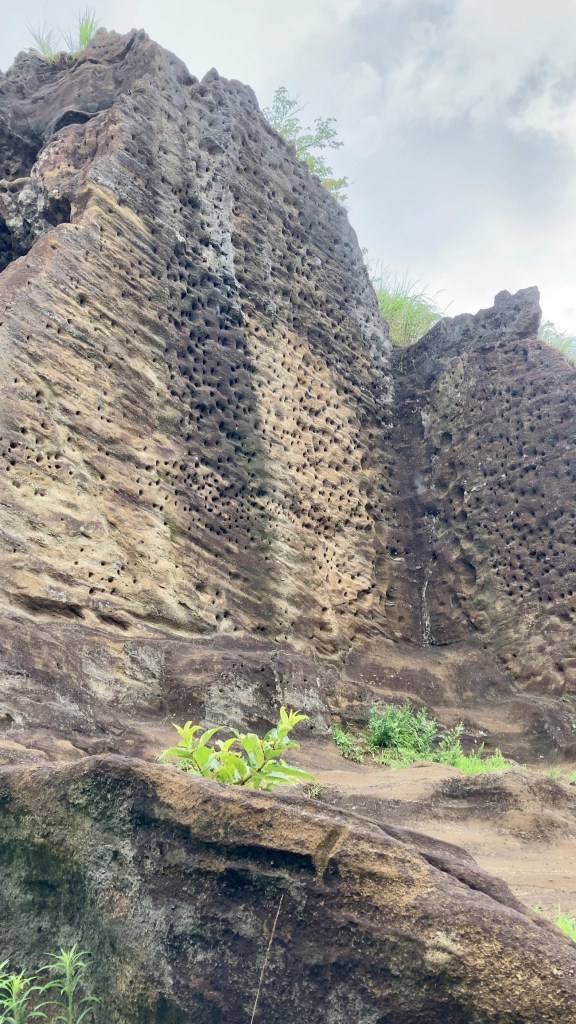
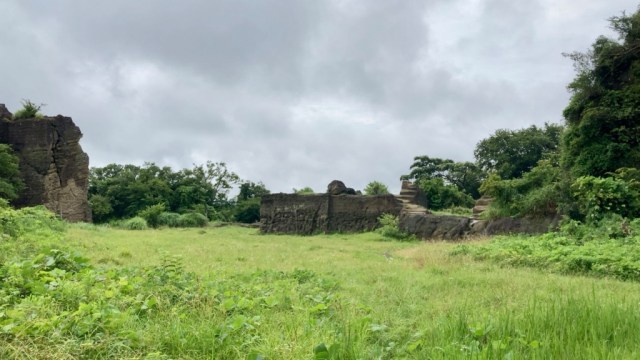
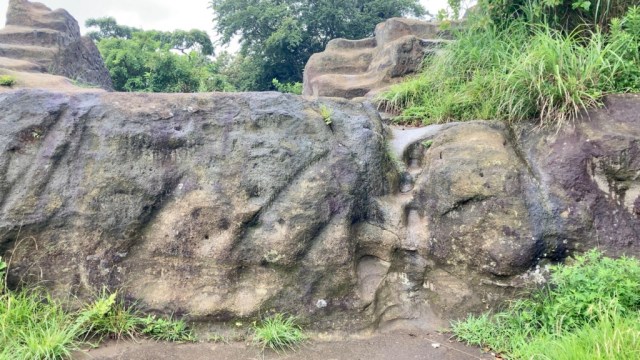

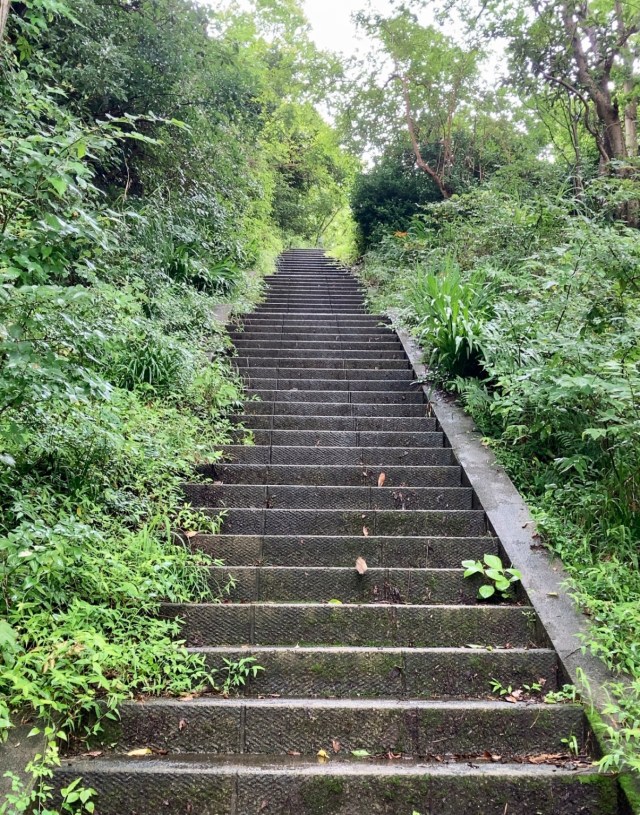
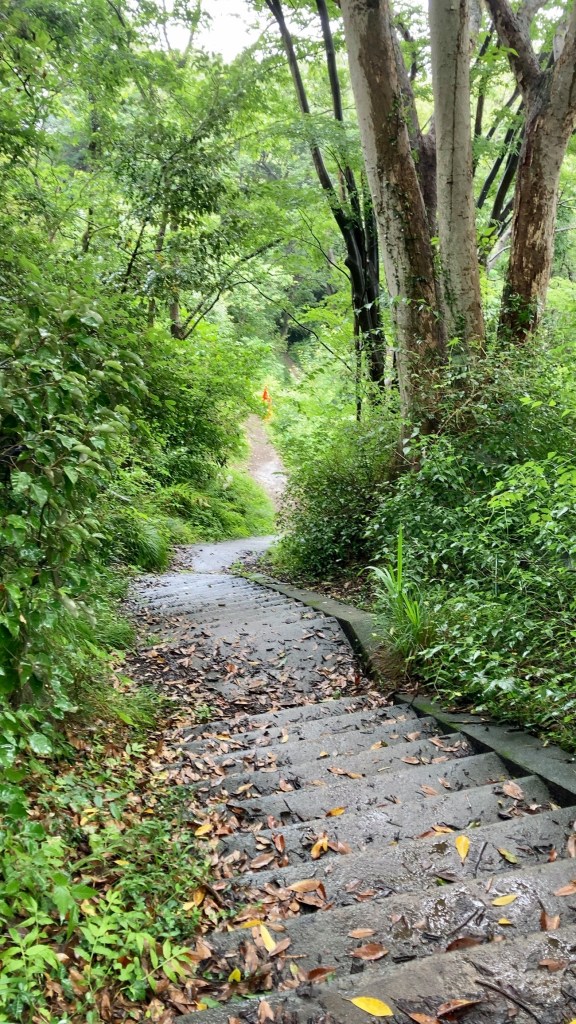

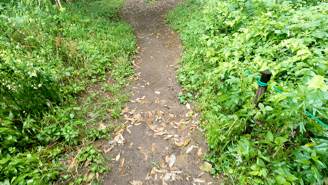
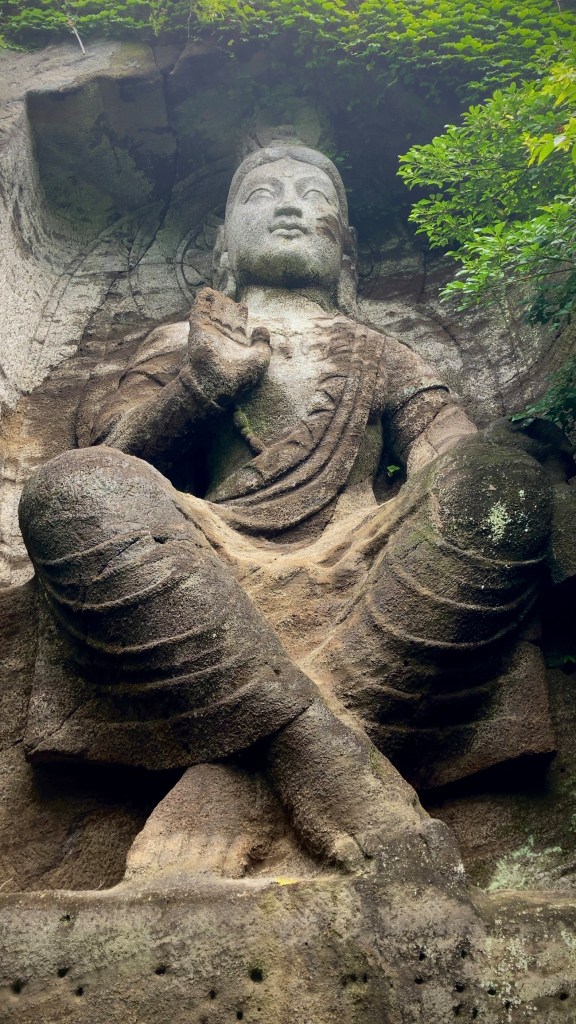
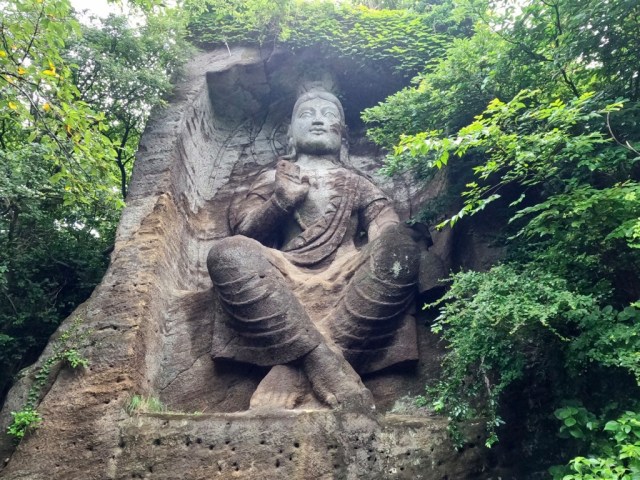
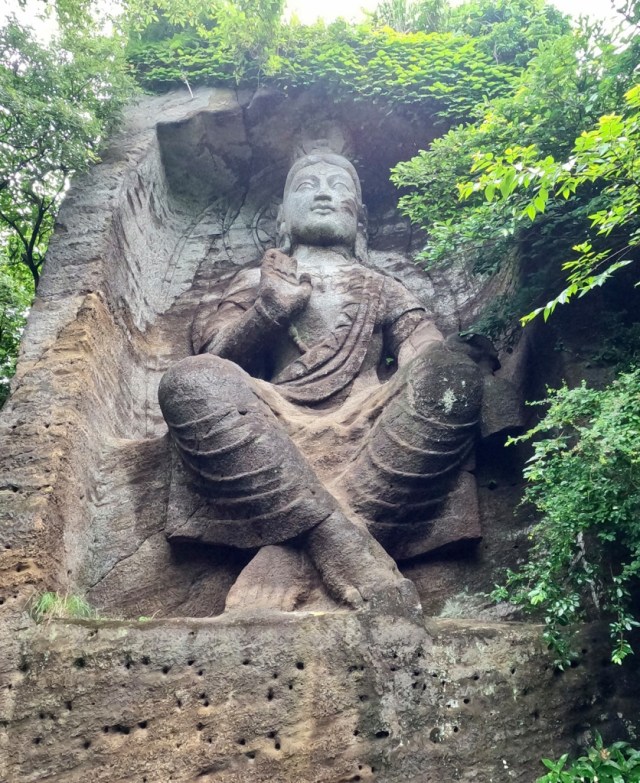
 Woof! Cute cosplaying Shiba Inu show off schoolgirl costumes and other latest looks 【Photos】
Woof! Cute cosplaying Shiba Inu show off schoolgirl costumes and other latest looks 【Photos】 Yokosuka’s Statue of Liberty gives the word liberty a whole new meaning
Yokosuka’s Statue of Liberty gives the word liberty a whole new meaning This little-known temple in rural Japan has a giant Buddha bigger than Kamakura’s or Nara’s【Pics】
This little-known temple in rural Japan has a giant Buddha bigger than Kamakura’s or Nara’s【Pics】 We spend an afternoon in the park with the King of the Monsters at Kurihama’s Godzilla Slide
We spend an afternoon in the park with the King of the Monsters at Kurihama’s Godzilla Slide Visit to a Japanese fish market has us trying tuna eggs for the first time【SoraKitchen】
Visit to a Japanese fish market has us trying tuna eggs for the first time【SoraKitchen】 Bear breaks into house in Japan, quickly begins spending winter exactly like Japanese people do
Bear breaks into house in Japan, quickly begins spending winter exactly like Japanese people do Starbucks Japan reveals new winter holiday goods to wrap up 2024
Starbucks Japan reveals new winter holiday goods to wrap up 2024 Japanese train station vending machine has the best souvenirs for rail otaku
Japanese train station vending machine has the best souvenirs for rail otaku Station of despair: What to do if you get stuck at the end of Tokyo’s Chuo Rapid Line
Station of despair: What to do if you get stuck at the end of Tokyo’s Chuo Rapid Line McDonald’s Japan announces Evangelion burger line, releases crazy anime video for them【Video】
McDonald’s Japan announces Evangelion burger line, releases crazy anime video for them【Video】 Starbucks Japan releases cute new zodiac goods for Year of the Snake
Starbucks Japan releases cute new zodiac goods for Year of the Snake Starbucks teams up with 165-year-old Kyoto doll maker for Year of the Snake decorations【Photos】
Starbucks teams up with 165-year-old Kyoto doll maker for Year of the Snake decorations【Photos】 An exquisite work of beef art makes the perfect Kabuki Day gift
An exquisite work of beef art makes the perfect Kabuki Day gift Haku is…Chihiro’s dead brother? Studio Ghibli fans blown away by Spirited Away theory
Haku is…Chihiro’s dead brother? Studio Ghibli fans blown away by Spirited Away theory This downtown Tokyo cafe is like a time machine that takes you back 50 years into the past
This downtown Tokyo cafe is like a time machine that takes you back 50 years into the past Ramen restaurant etiquette reminder follows altercation with angry couple: One person, one bowl
Ramen restaurant etiquette reminder follows altercation with angry couple: One person, one bowl Japanese government will check and judge new baby name pronunciations, presents guidelines
Japanese government will check and judge new baby name pronunciations, presents guidelines Japanese company develops classy heavy metal band frames for glasses
Japanese company develops classy heavy metal band frames for glasses Tokyo’s Super Mario Christmas decoration displays are super cool【Photos】
Tokyo’s Super Mario Christmas decoration displays are super cool【Photos】 Major Japanese city is abolishing extracurricular activities at all of its middle schools
Major Japanese city is abolishing extracurricular activities at all of its middle schools Studio Ghibli showcases traditional craftsmanship with new wallet range
Studio Ghibli showcases traditional craftsmanship with new wallet range Possessing Harry Potter’s Sword of Godric Gryffindor is now illegal in Japan
Possessing Harry Potter’s Sword of Godric Gryffindor is now illegal in Japan Uniqlo announces first-ever collaboration with horror manga master Junji Ito【Photos】
Uniqlo announces first-ever collaboration with horror manga master Junji Ito【Photos】 J-pop mega star Ado reveals she’s been living in the U.S., may not understand language acquisition
J-pop mega star Ado reveals she’s been living in the U.S., may not understand language acquisition Starbucks Japan is calling it quits with paper straws
Starbucks Japan is calling it quits with paper straws Japan’s most popular castle raising ticket prices by up to 200 percent for non-local tourists
Japan’s most popular castle raising ticket prices by up to 200 percent for non-local tourists Furikake rice seasoning sales are soaring, which is bad news for Japan as a whole
Furikake rice seasoning sales are soaring, which is bad news for Japan as a whole Studio Ghibli heroine cardigans give you warmth and strength to face everyday challenges
Studio Ghibli heroine cardigans give you warmth and strength to face everyday challenges Eight unforgettable hot springs, as recommended by Japan’s “Professor Bath”
Eight unforgettable hot springs, as recommended by Japan’s “Professor Bath” McDonald’s new Happy Meals offer up cute and practical Sanrio lifestyle goods
McDonald’s new Happy Meals offer up cute and practical Sanrio lifestyle goods Foreign tourists on Shinkansen bullet train break suitcase etiquette, angering local passengers
Foreign tourists on Shinkansen bullet train break suitcase etiquette, angering local passengers [Deleted] Article written for April Fool’s Day 2018
[Deleted] Article written for April Fool’s Day 2018 Japanese government to make first change to romanization spelling rules since the 1950s
Japanese government to make first change to romanization spelling rules since the 1950s Foreigner’s request for help in Tokyo makes us sad for the state of society
Foreigner’s request for help in Tokyo makes us sad for the state of society Japanese convenience store Family Mart announces abolishment of eat-in spaces
Japanese convenience store Family Mart announces abolishment of eat-in spaces Life-size vibrating Legend of Zelda Master Sword for sale from Nintendo【Photos】
Life-size vibrating Legend of Zelda Master Sword for sale from Nintendo【Photos】 Princesses, fruits, and blacksmiths: Study reveals the 30 most unusual family names in Japan
Princesses, fruits, and blacksmiths: Study reveals the 30 most unusual family names in Japan Studio Ghibli releases free-download board game — Here’s how to play it without reading Japanese
Studio Ghibli releases free-download board game — Here’s how to play it without reading Japanese Enormous Buddhist Kannon statue in Sendai shocks visitors with otherworldly looming
Enormous Buddhist Kannon statue in Sendai shocks visitors with otherworldly looming The fate of jack-o-lanterns in Japan: to be adorably devoured by a writhing mass of bunnies
The fate of jack-o-lanterns in Japan: to be adorably devoured by a writhing mass of bunnies Real-life Rurouni Kenshin reverse-blade sword to be displayed in Tokyo
Real-life Rurouni Kenshin reverse-blade sword to be displayed in Tokyo Tokyo park’s sea of clouds, nighttime illumination, and cosplay days make now perfect time to visit
Tokyo park’s sea of clouds, nighttime illumination, and cosplay days make now perfect time to visit We visit the Giant Buddha statue that our reporter dubs “kawaii” and “like a mascot character”
We visit the Giant Buddha statue that our reporter dubs “kawaii” and “like a mascot character” How big (small?) is the smallest Great Buddha statue in Japan? Let’s visit and find out【Photos】
How big (small?) is the smallest Great Buddha statue in Japan? Let’s visit and find out【Photos】 Japan Travel: Mysterious rockstar Jizo statue found at Kiyomizudera temple
Japan Travel: Mysterious rockstar Jizo statue found at Kiyomizudera temple Three beautiful outside-the-cities places to visit in Hokkaido with a connection to Golden Kamuy
Three beautiful outside-the-cities places to visit in Hokkaido with a connection to Golden Kamuy American jackass tourist arrested after carving name into gate at Tokyo’s Meiji Shrine【Video】
American jackass tourist arrested after carving name into gate at Tokyo’s Meiji Shrine【Video】 It’s tempting, but don’t try eating anything made by this artist — you might break your teeth!
It’s tempting, but don’t try eating anything made by this artist — you might break your teeth! Arashiyama bamboo forest in Kyoto “crying” as tourists vandalise trees
Arashiyama bamboo forest in Kyoto “crying” as tourists vandalise trees Sushi chef drops knives on the train, causes panic and delays
Sushi chef drops knives on the train, causes panic and delays Japanese designers create a knit hat to help you look like Buddha
Japanese designers create a knit hat to help you look like Buddha Awesome carved eraser stamps are something to marvel, but leave some skeptical
Awesome carved eraser stamps are something to marvel, but leave some skeptical The strongest peeing boy statue in Japan is a hidden gem of sightseeing in Saitama
The strongest peeing boy statue in Japan is a hidden gem of sightseeing in Saitama
Leave a Reply